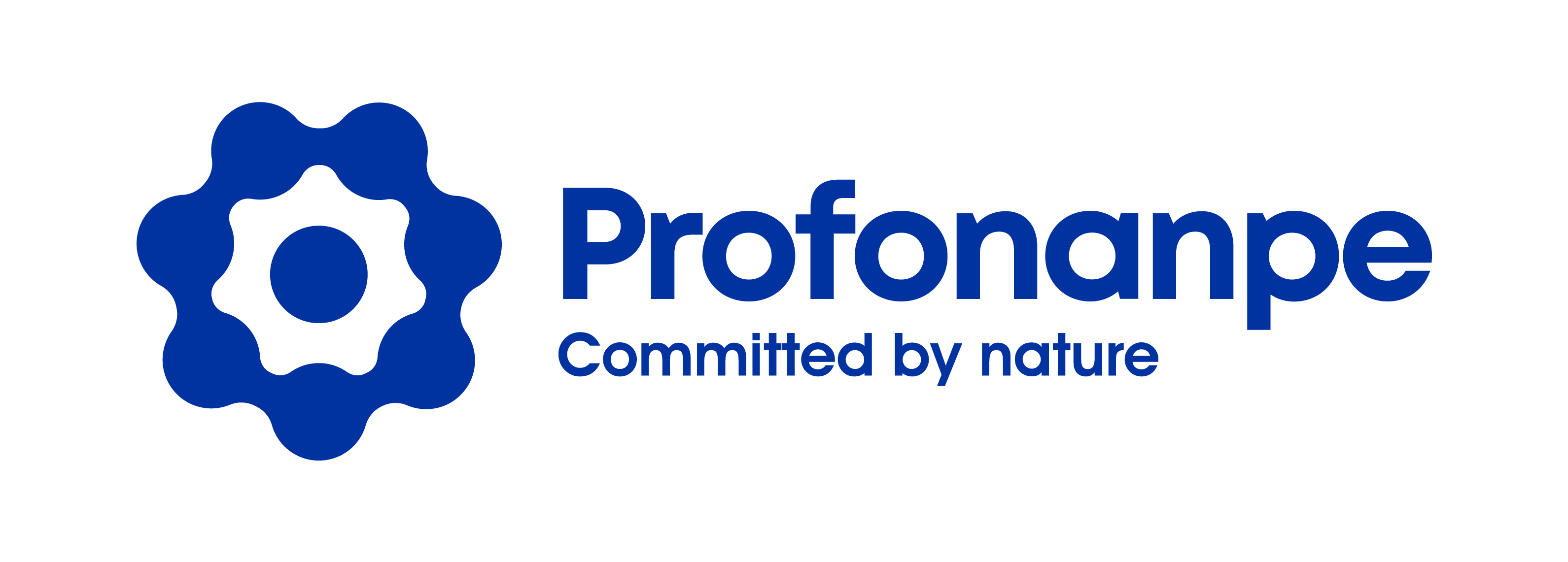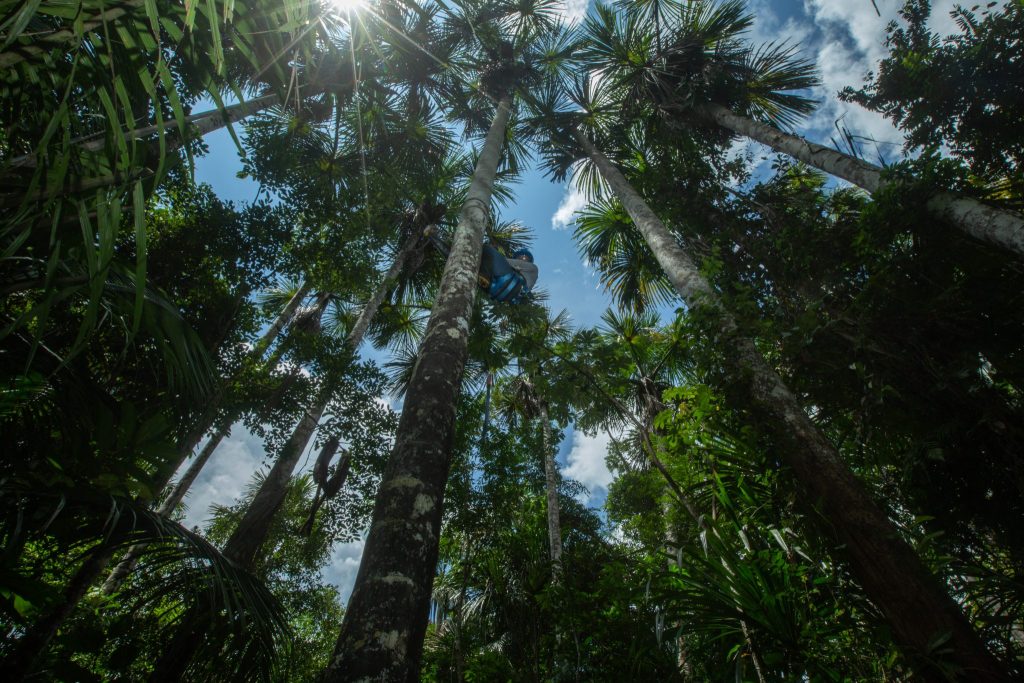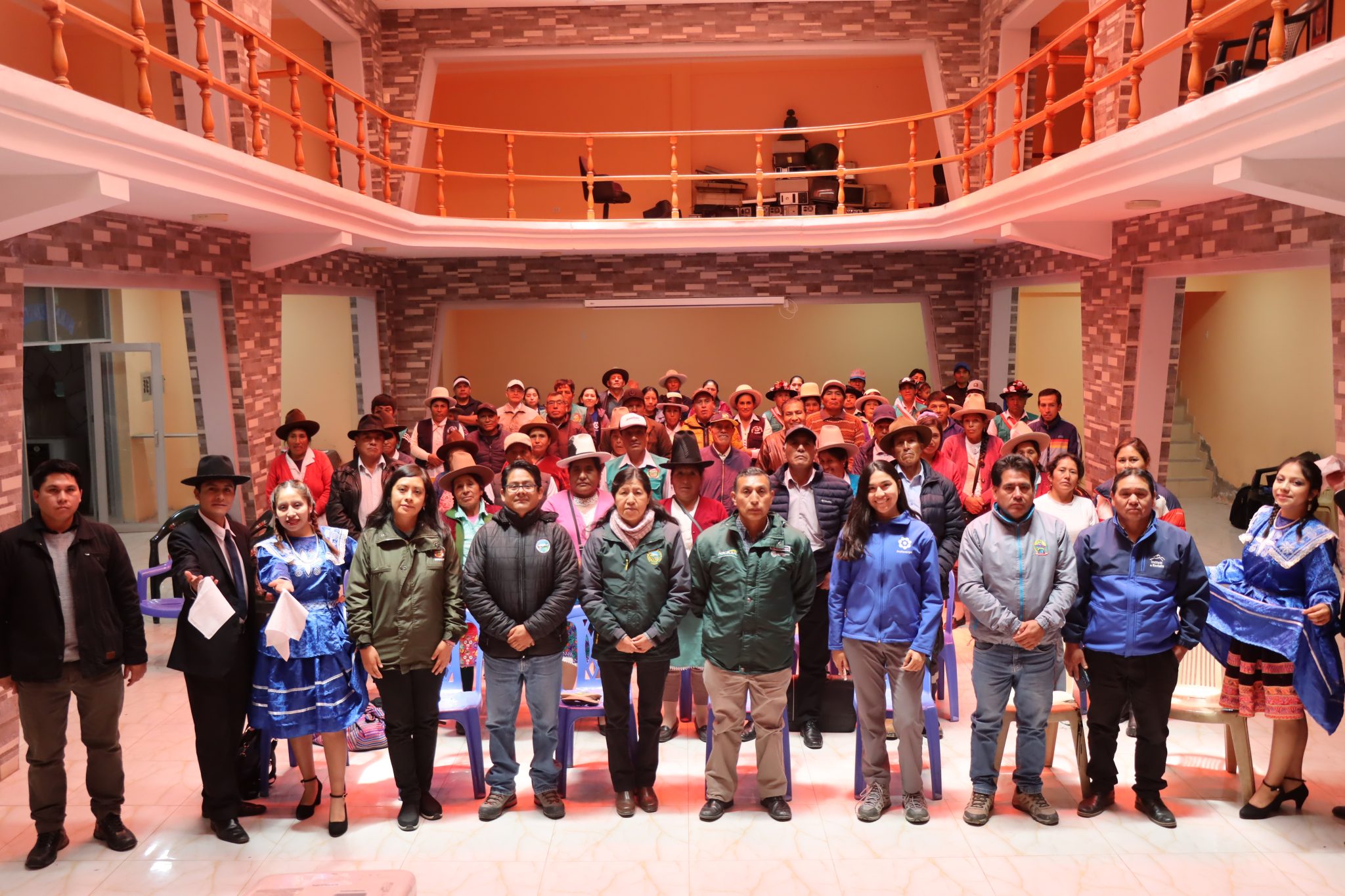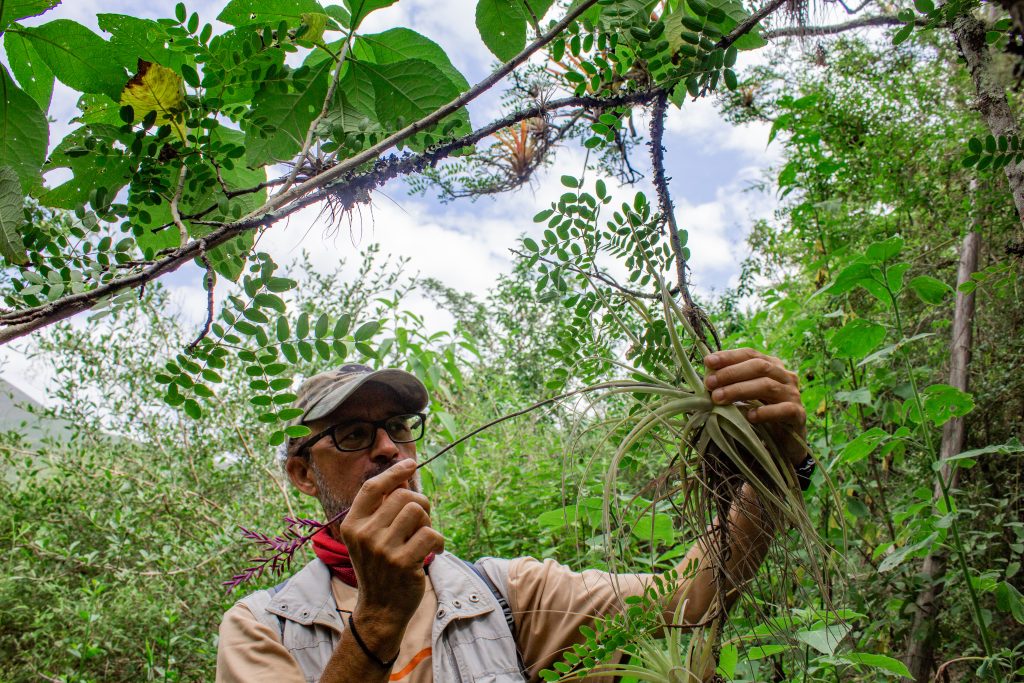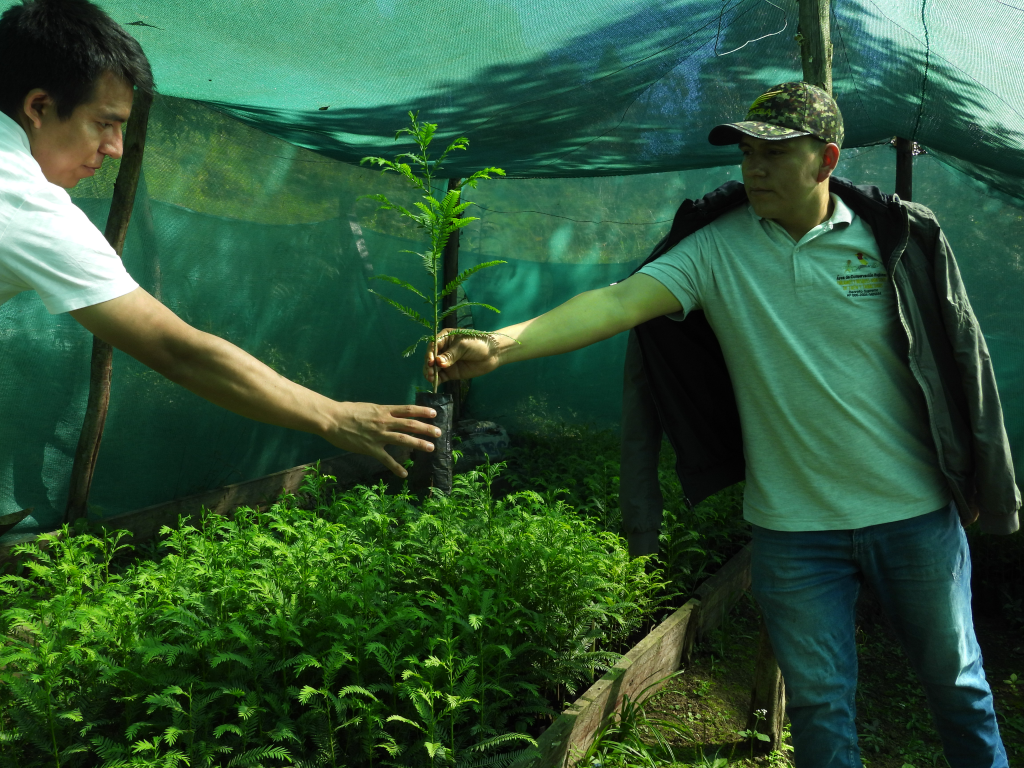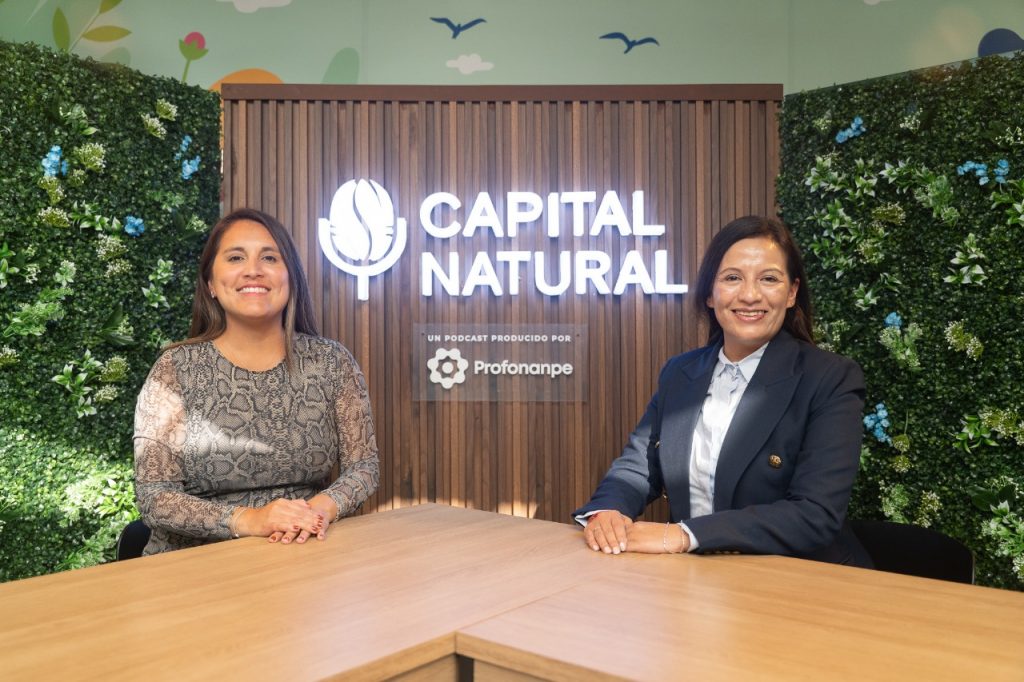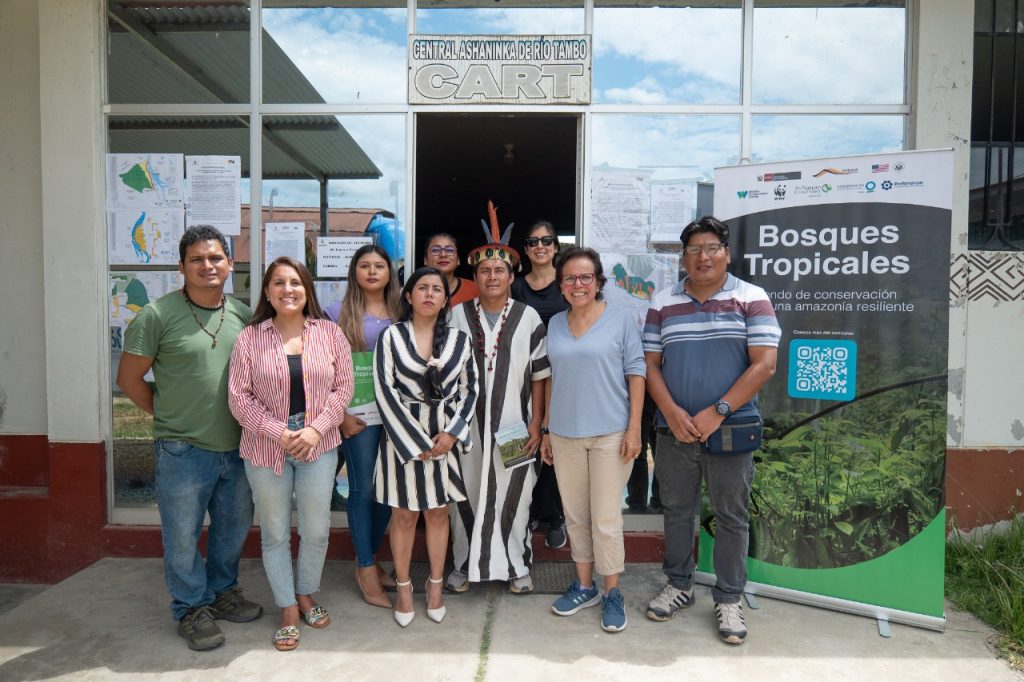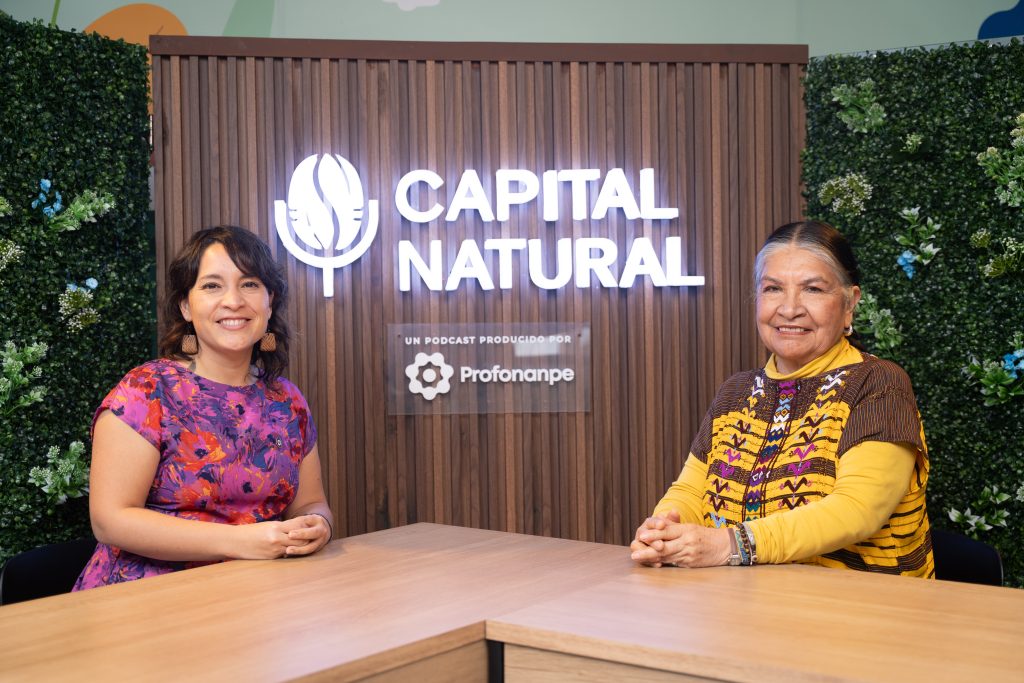A recent study to measure carbon stocks in peatlands (wetlands) by the Research Institute of the Peruvian Amazon (IIAP) and Profonanpe revealed that the Pastaza Fan, in Datem del Marañón (Loreto), is the third largest carbon reserve in the world, after the ecosystems of Central Kalimantan, in Indonesia, and Cuvette Central, in the Republic of Congo. These are areas rich in carbon stocks such as wetlands, wetlands, alluvial forests or grassy swamps with the potential to mitigate climate change and contribute to the development of local communities.
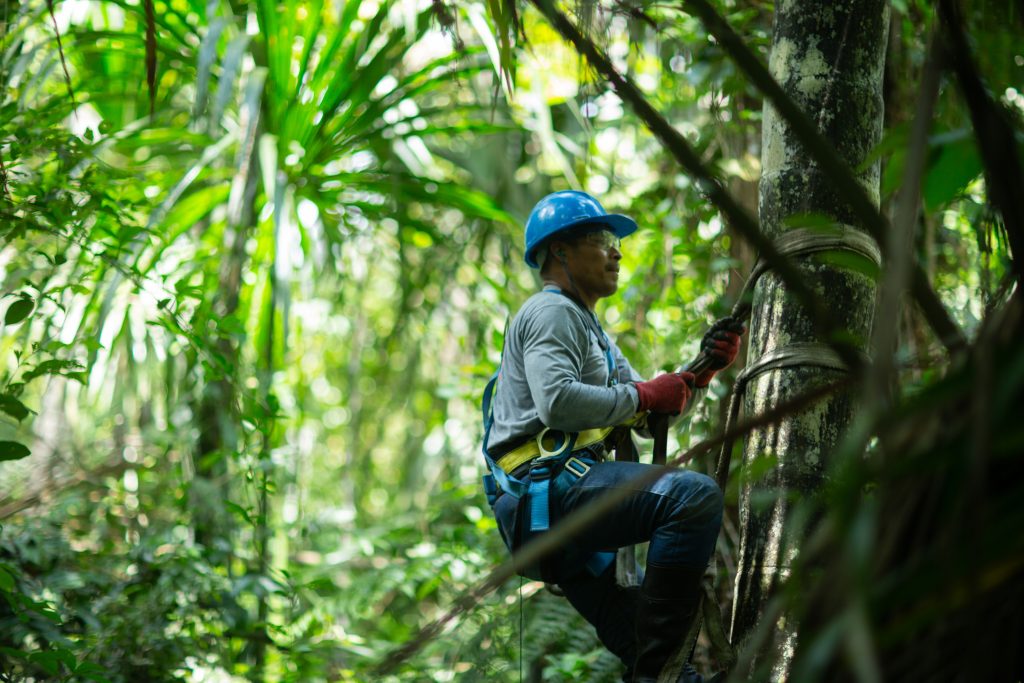
This study seeks to measure the carbon stock stored in the ecosystems of the Datem del Marañón province, focusing on the area of influence of the Datem Wetlands Project, which is executed and managed by Profonanpe. “The findings are data that help us better understand the potential for climate change mitigation, reporting more than 6.7 billion tons of carbon equivalent, which is equivalent to 90% of the emissions of all the cars in the world in a year. This asset is not only for Peruvians to take care of, but also for the planet,” said Anton Willems, CEO of Profonanpe.
The study also shows the intervention scenarios of possible negative impacts of poor community management of non-timber forest resources (Amazonian palm fruits, hydrobiological, medicinal, ecosystem services, etc.), where sustainable economic activity models (bio-businesses) are being generated through territorial governance, implemented by Profonanpe together with 7 native indigenous peoples: Awajún, Achuar, Chapra, Kandozi, Kichwa, Wampis and Shawi.
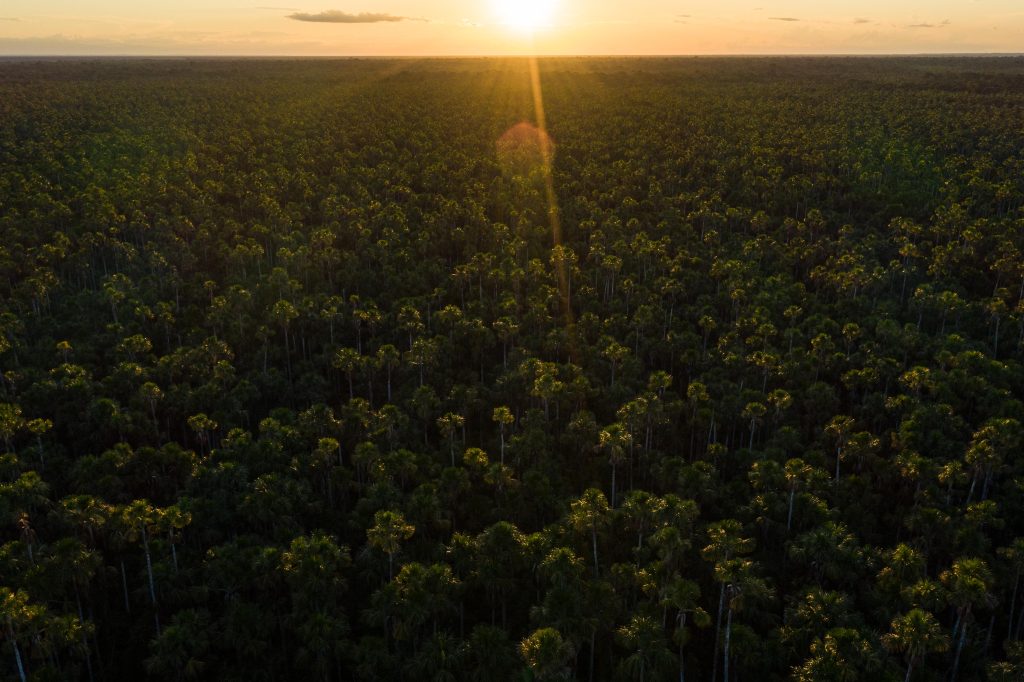
The Datem del Marañon is understood as a carbon sink that is neutralizing a damage beyond the national territory, it is a global asset whose value is also in the biodiversity and intercultural richness of its territories. “The potential of the Datem leads academia, government and the population to reflect on the risk if this ecosystem is damaged by illegal mining, logging or drug trafficking, so it is necessary to invest in its conservation as a priority through modern instruments of climate finance and global commitments,” stated Anton Willems, CEO of Profonanpe.
Recently, representatives of the governments of the United Kingdom, Norway and the United States, global players in environmental protection, traveled to Datem del Marañon with the Vice Minister of Strategic Development of Natural Resources of MINAM, Nancy Chauca, and Profonanpe, in order to show this natural asset and the coordinated effort between government, business and community to care for this ecosystem, as well as to strengthen the presence of the State in the territory for the implementation of better public services that allow the conservation of this ecosystem so valuable for the mitigation and adaptation to climate change.
To carry out the study, the Peruvian Amazon Research Institute (IIAP) used widely used methodologies for monitoring and quantifying carbon in Amazonian forests. Among the conclusions, the report warns that the main threats and risks in the area are illegal activities such as illegal mining, wildlife trafficking, highways, and the lack of government capacity to enforce permits.
Further key data:
- The aguajales and other peatlands play a key role in mitigating climate change by preventing carbon dioxide from being released into the atmosphere.
- It comprises an area of aguajal forests (1,142,077 ha), floodable alluvial (1,421,431 ha) and upland forests (2,049,597 ha), which are the largest ecosystems in the study area, and are understood to be the third largest carbon reservoir in the world.
- The analysis shows that 75% of the carbon stock in the Datem del Marañón is stored in the peatland soil, with an estimated 5,251 million tCO2eq.
- This study reports a maximum peat depth of 810 cm in the town of Puerto America, which is one of the deepest sites with the most notorious peat thickness in the Peruvian Amazon.
- Peatlands are wetlands where the ground remains covered with water for most of the year. They can host large trees or only small plants such as herbaceous plants. The term “peatland” derives from European words, such as the German torf or the Finnish turve and is still little known in our region and country.
- The condition of the fauna and flora in the province reports a healthy state and access to food for the communities, but there is also evidence of risks resulting from the felling of female aguajales due to market demand.

